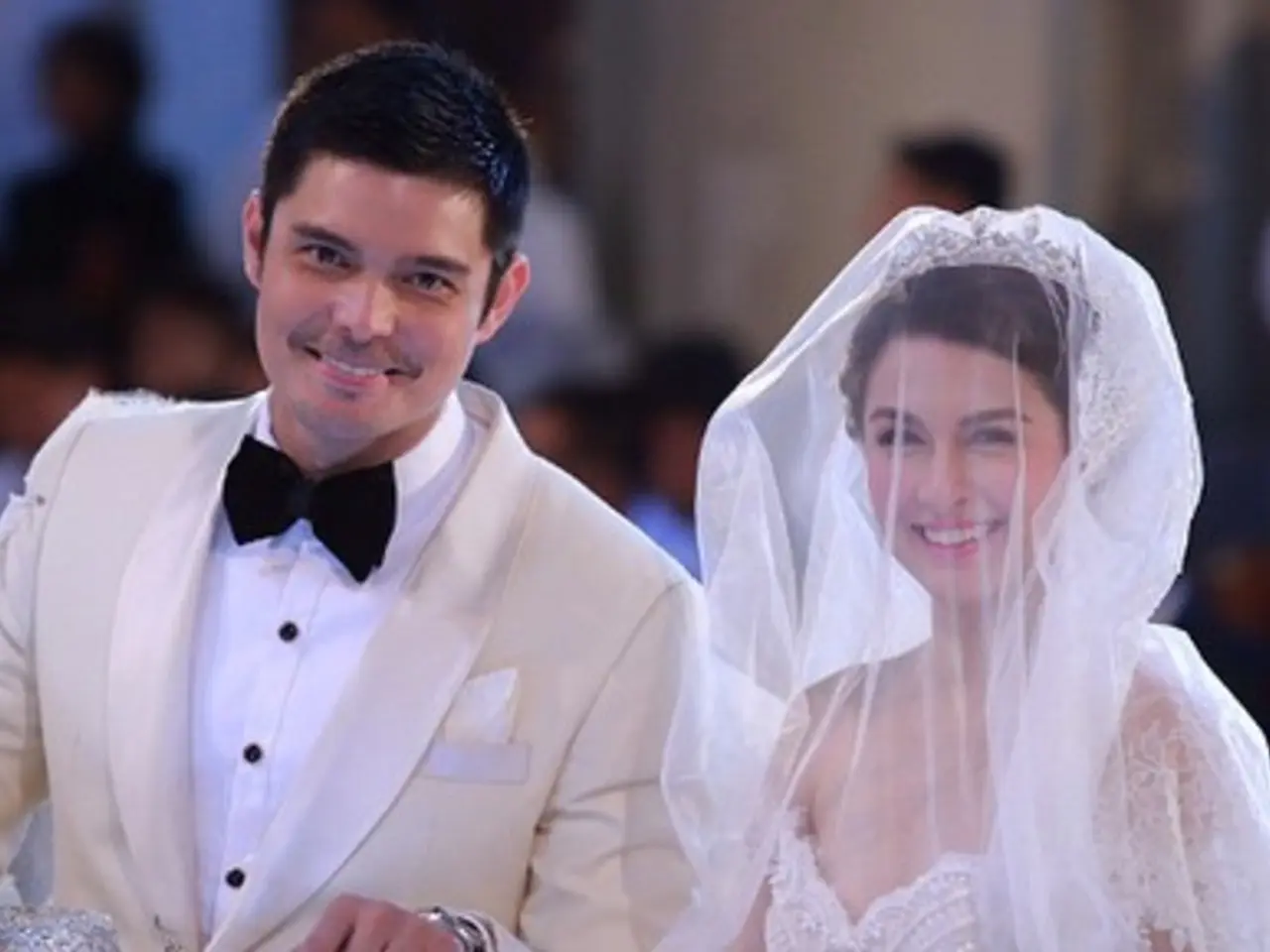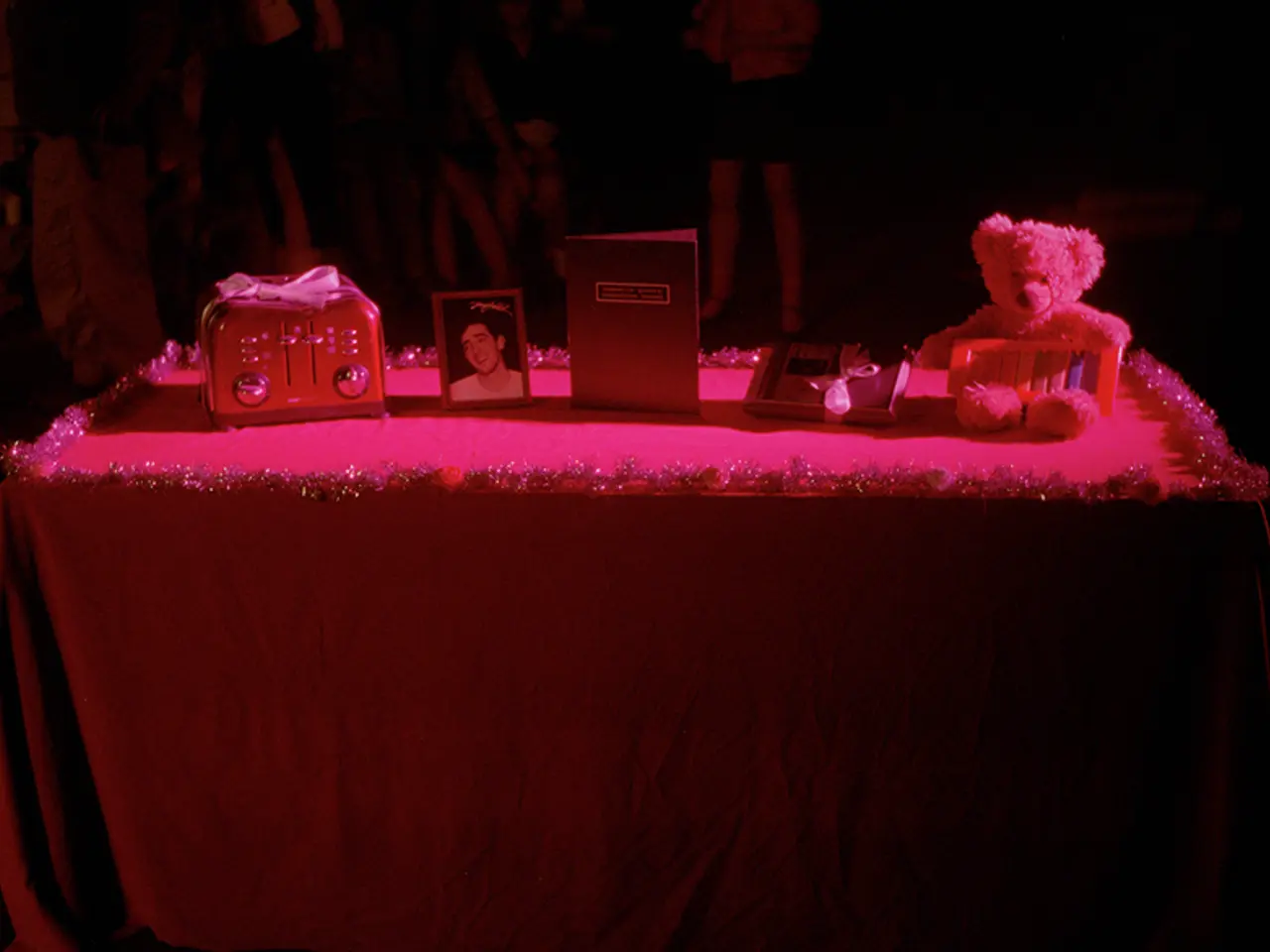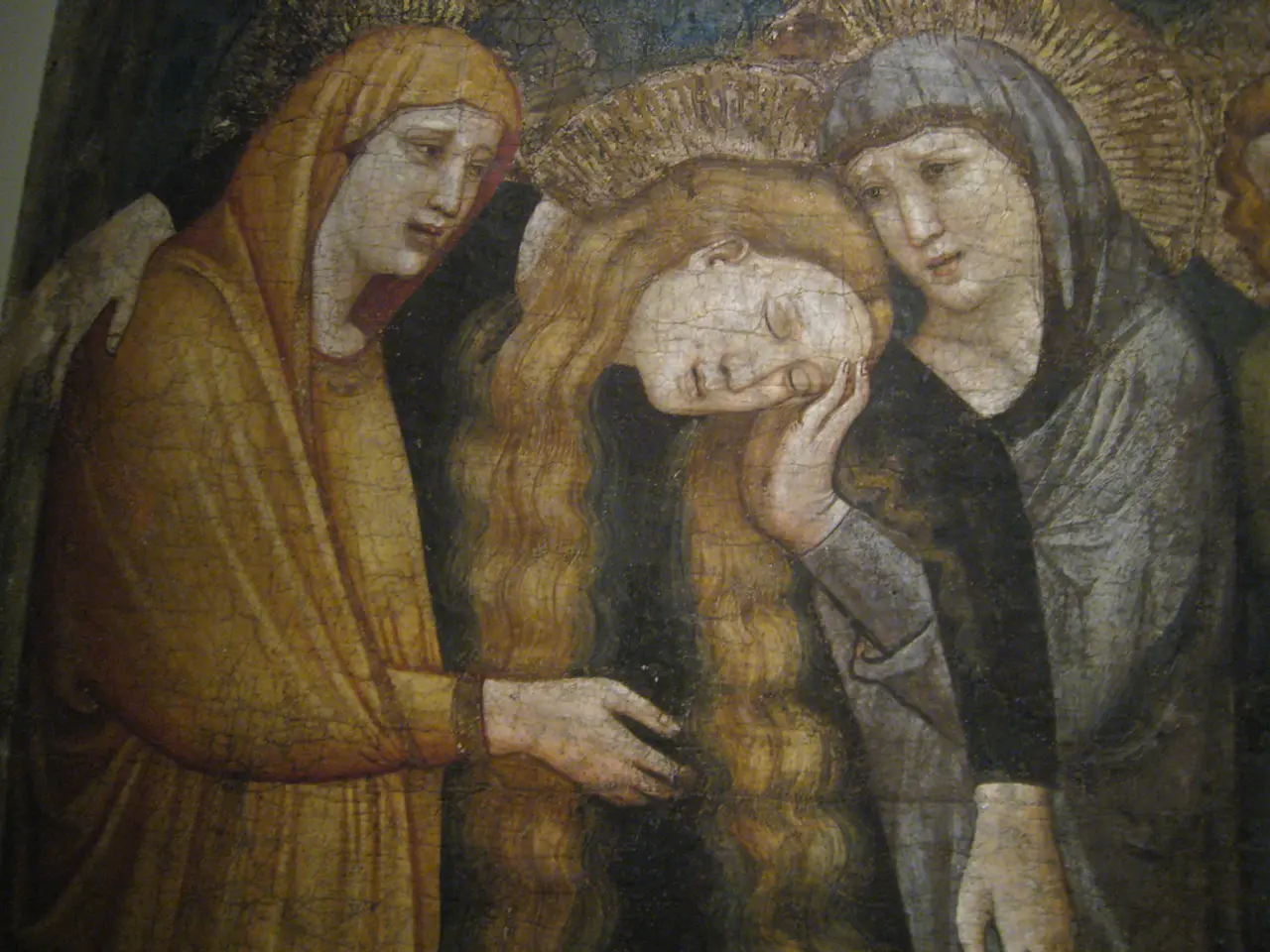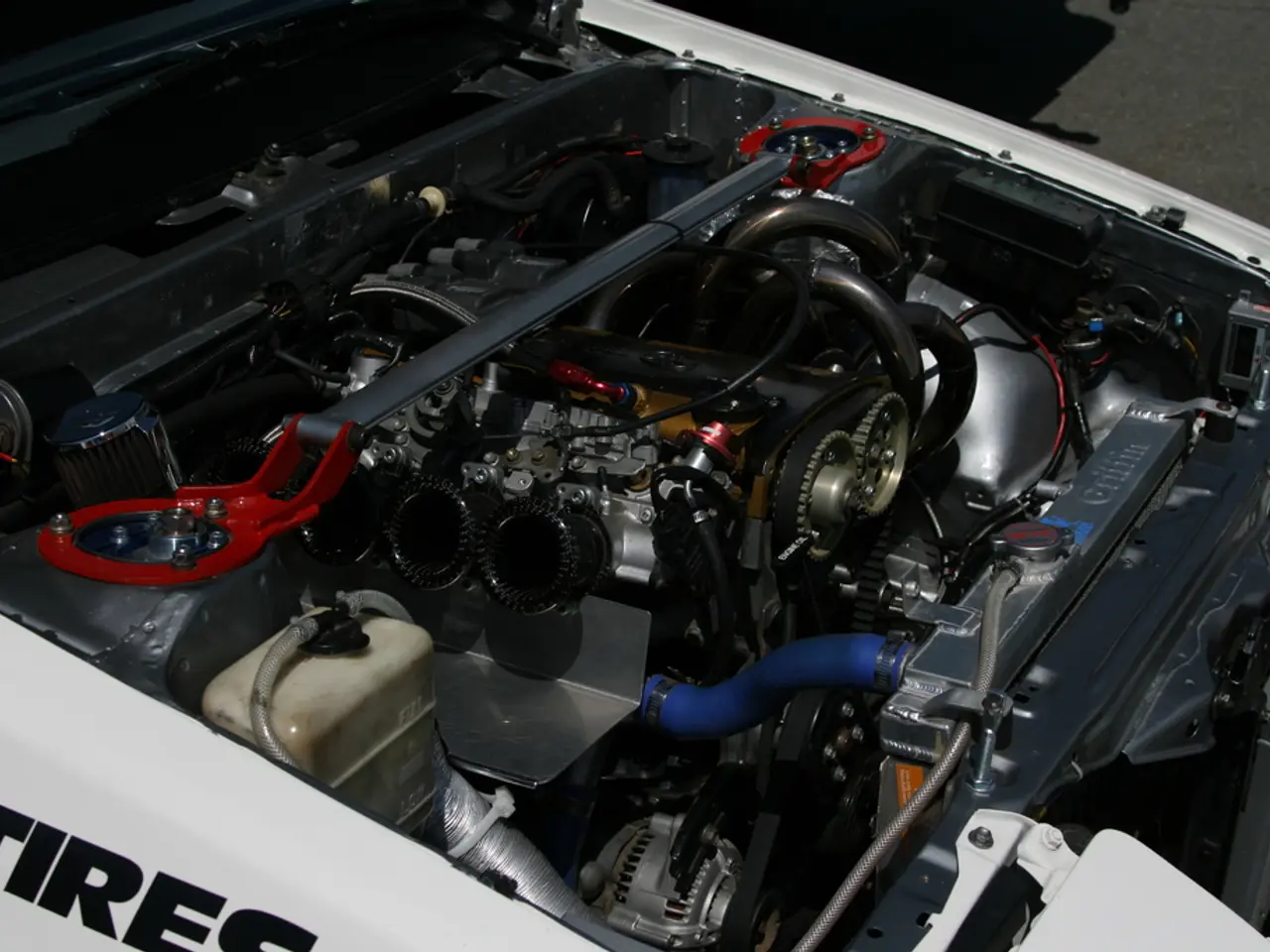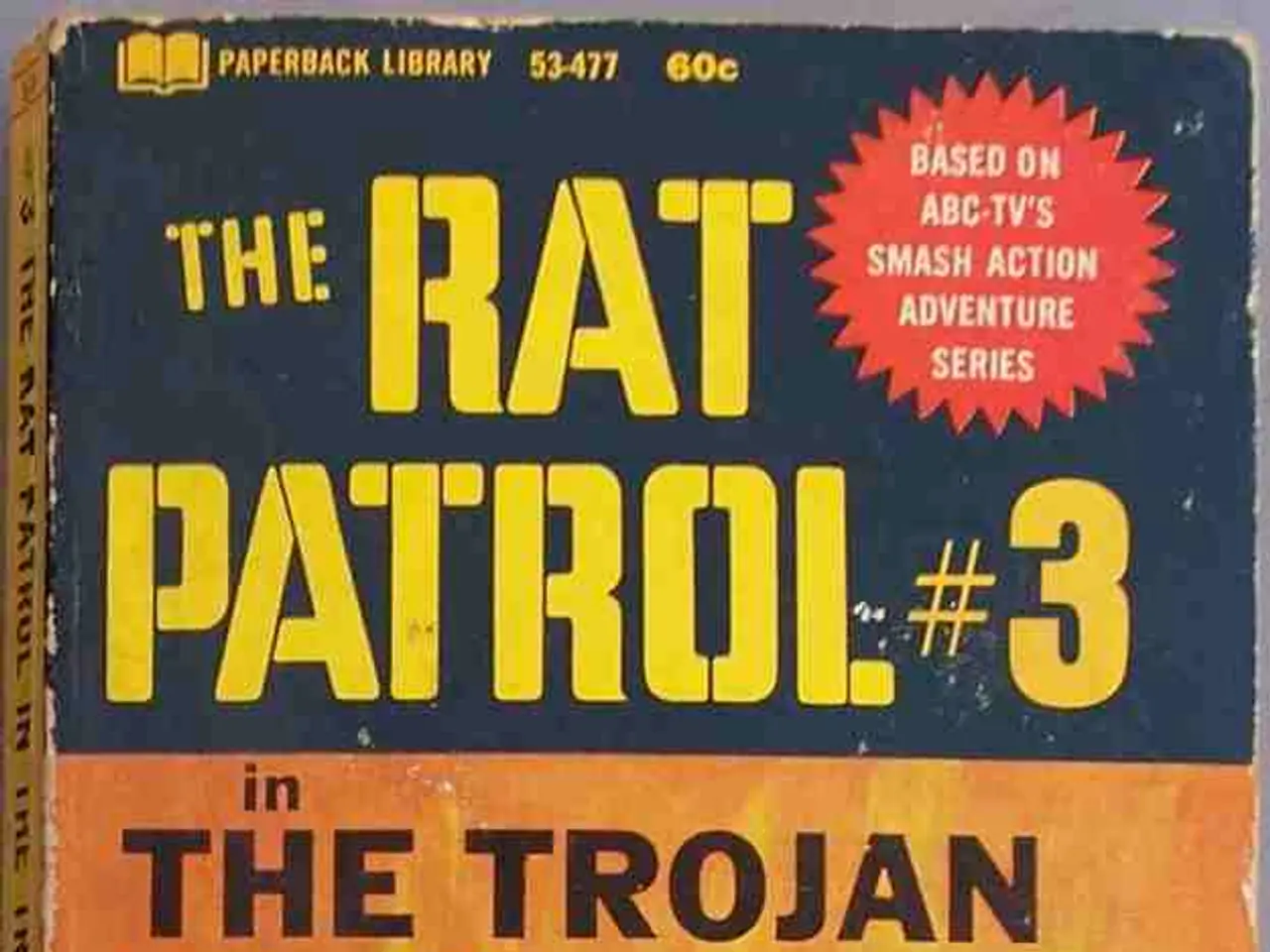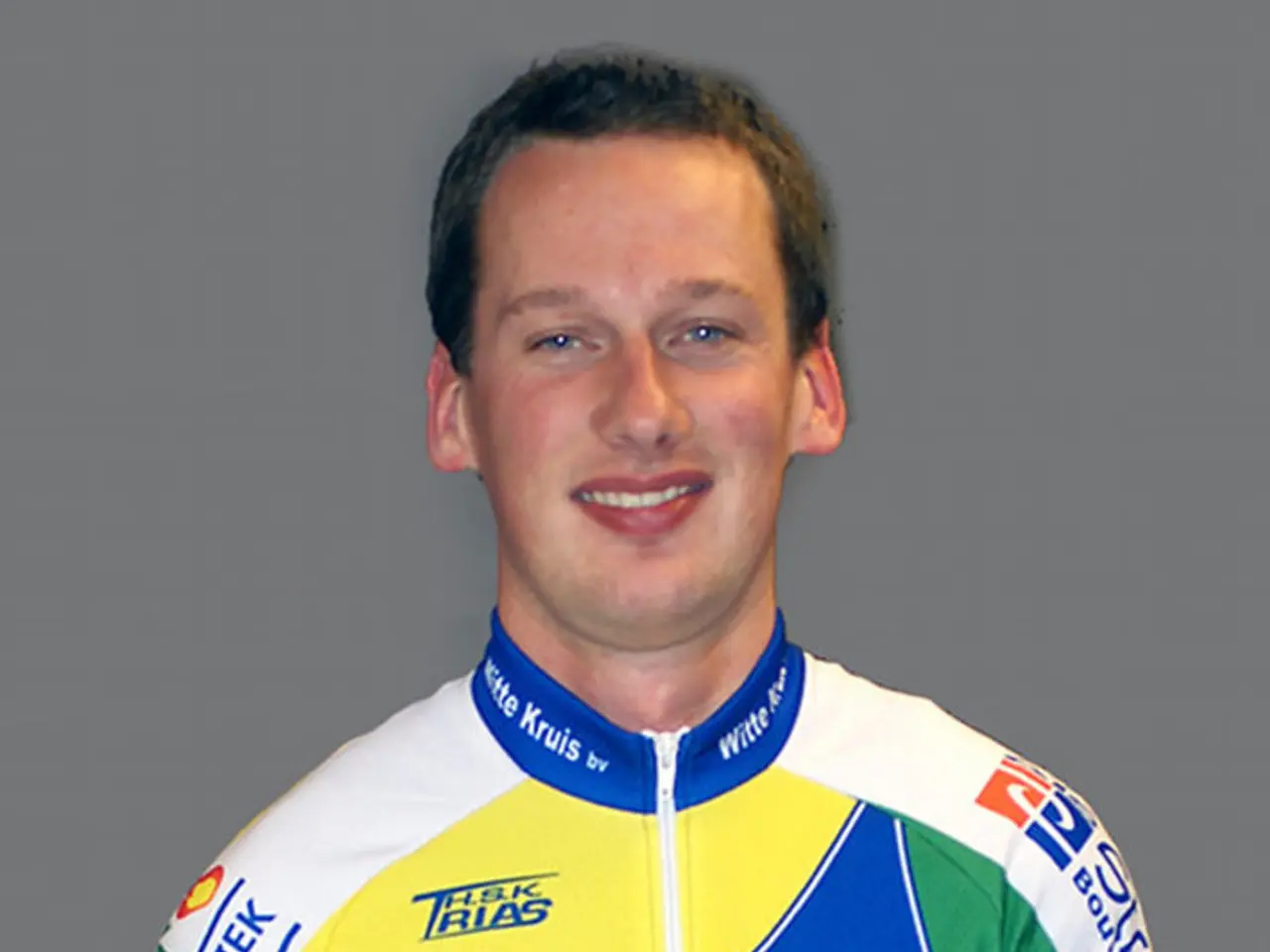Transformation of Thrilling Action Cinema
**Action Movies: A Century of Thrills and Suspense**
From the early days of cinema to the present, action movies have captivated audiences with their blend of adrenaline-fueled sequences, compelling storytelling, and larger-than-life characters. This genre, which has its roots in the late 19th century, has undergone significant transformations, adapting to the changing tastes and technologies of the times.
**Early Cinema Foundations (Late 19th–Early 20th Century)**
The foundations of action cinema were laid with the advent of narrative filmmaking. Edwin S. Porter's *The Great Train Robbery* (1903) is often hailed as a pioneering work, featuring dynamic staging, parallel editing, and a focus on physical movement and conflict. This film's commercial success helped establish the first permanent movie theaters and demonstrated cinema's unique ability to depict action and suspense.
**Silent Era and Stunt Pioneering (1910s–1920s)**
While the genre was not yet fully codified, the silent era developed the language of action through physical stunts and chases. Stars like Douglas Fairbanks, Buster Keaton, and Harold Lloyd became synonymous with adventure and physical prowess, choreographing elaborate stunts that emphasized athleticism and daring.
**Introduction of Sound and Genre Specialization (1930s–1950s)**
The arrival of synchronized sound allowed for more complex narratives and character development, enriching the emotional stakes in action films. Adventure serials, war, and crime genres increasingly incorporated action elements. The era of the western hero and jungle adventure became important precursors to later action archetypes.
**James Bond and the Modern Action Hero (1960s)**
Sean Connery's portrayal of James Bond in *Dr. No* (1962) revolutionized the genre by blending action, espionage, glamour, and gadgetry. The Bond films introduced episodic, globe-trotting action and set-pieces that became blueprints for the genre’s future.
**Birth of Kung Fu and Martial Arts Cinema (1970s)**
Bruce Lee's *Enter the Dragon* (1973) and Jackie Chan's subsequent rise in the late 1970s brought martial arts to a global audience, emphasizing physical prowess, choreography, and inventive stunt work. These films also introduced a new, international action star archetype.
**Blockbuster Era and Special Effects (1970s–1980s)**
The rise of Hollywood blockbusters, driven by films such as *Jaws* (1975), *Star Wars* (1977), and *Raiders of the Lost Ark* (1981), elevated action set-pieces and spectacle. This era also saw the rise of the modern action hero (Arnold Schwarzenegger, Sylvester Stallone), whose films emphasized larger-than-life characters, explosive action, and increasingly elaborate stunts.
**Technological Advancements and Global Influence (1990s–2000s)**
The 1990s and 2000s saw the widespread adoption of CGI, digital editing, and advanced stunt choreography, enabling ever-more ambitious action sequences (*The Matrix*, *Mission: Impossible* series). The rise of Hong Kong action cinema (John Woo, Tsui Hark) influenced Hollywood’s approach to gunplay and choreography, while international stars like Jet Li and Tony Jaa expanded the genre’s global reach. The Internet and home video further diversified audiences, allowing niche action subgenres to flourish.
**Contemporary Trends (2010s–Present)**
Recent years have seen action films embrace superhero narratives (*The Dark Knight*, *John Wick* series), ultra-stylized violence (*Atomic Blonde*), and an increasing reliance on digital effects and long-take action sequences. Filmmakers like Christopher Nolan and Chad Stahelski have pushed cinematographic boundaries, while franchises (*Fast & Furious*, *Mission: Impossible*) continue to innovate with global locations and ever-more spectacular stunts.
The future of action movies will continue to be shaped by a wider range of voices and perspectives, leading to more inclusive and representative stories. Advancements in technology will continue to play a key role in shaping the action genre, allowing for increasingly spectacular and immersive action sequences. Filmmakers have responded to shifting audience expectations by creating more nuanced and multi-dimensional characters, as well as exploring deeper themes and social issues within the genre.
Movies-and-TV from the past to the present have provided endless entertainment through action movies, captivating audiences with their thrilling sequences and larger-than-life heroes. This genre, starting from Edwin S. Porter's pioneering works in the late 19th century, has progressed to incorporate various transformations in technologies and entertainment styles.

